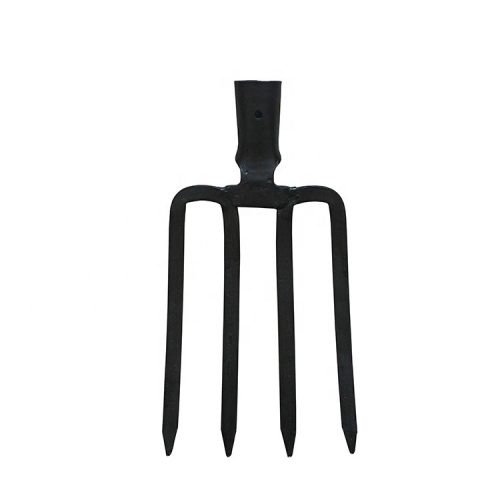Enhancing tool aesthetics with plastic handles involves incorporating design elements and features that improve the visual appeal of the tools while maintaining their functionality. Here are some ways to achieve this:
- Color Selection: Choose a color palette that aligns with your brand identity or the intended use of the tool. Vibrant colors can make tools stand out, while more subdued tones can convey professionalism. Consider colors that are not only visually appealing but also practical for the tool’s environment.
- Texture and Patterns: Incorporate textures and patterns on the plastic handle to add visual interest and improve grip. Textured surfaces can also enhance ergonomics, making the tool more comfortable to hold. Different textures can evoke various feelings, from ruggedness to modernity.
- Embossing and Engraving: Add your logo, branding, or product information through embossing or engraving. This adds a touch of professionalism and personalization to the tools, making them easily identifiable.
- In-Mold Decorating (IMD): This process involves placing a decorative film with printed graphics inside the mold before injection molding. When the plastic is injected, the graphics become an integral part of the handle’s surface. IMD allows for intricate designs and vibrant graphics.
- Soft-Touch Coatings: Apply a soft-touch or rubberized coating to the plastic handle. This not only enhances grip but also gives the tool a premium and tactile feel. The coating can come in various colors and textures.
- Translucent or Transparent Elements: Incorporate translucent or transparent sections into the handle design. This can reveal inner components or mechanisms, giving the tool a unique and futuristic look.
- Multi-Material Designs: Combine different plastic materials with varying colors, textures, or properties to create a visually dynamic tool handle. Multi-material designs can be particularly eye-catching and can highlight specific functional elements.
- Ergonomic Shapes: Design the handle with ergonomic contours that not only improve comfort but also contribute to the overall aesthetics. A well-designed ergonomic handle can give the tool a modern and streamlined appearance.
- Minimalist Design: Embrace a minimalist design philosophy with clean lines and a simple color palette. This can create a sleek and timeless look that appeals to a wide range of users.
- Customized Shapes: Think outside the box when it comes to the shape of the handle. Unique and innovative handle shapes can create a memorable and distinctive tool.
- Integrated Lighting: For certain tools, consider integrating LED lights or other forms of illumination into the handle design. This can enhance both aesthetics and functionality, making the tool more versatile.
- Contrast and Accents: Use contrasting colors or accent features to draw attention to specific areas of the handle. This can create focal points and add visual interest.
Remember that while aesthetics are important, they should never compromise the functionality or safety of the tool. Balancing design enhancements with usability is crucial to create a successful and appealing tool handle.


